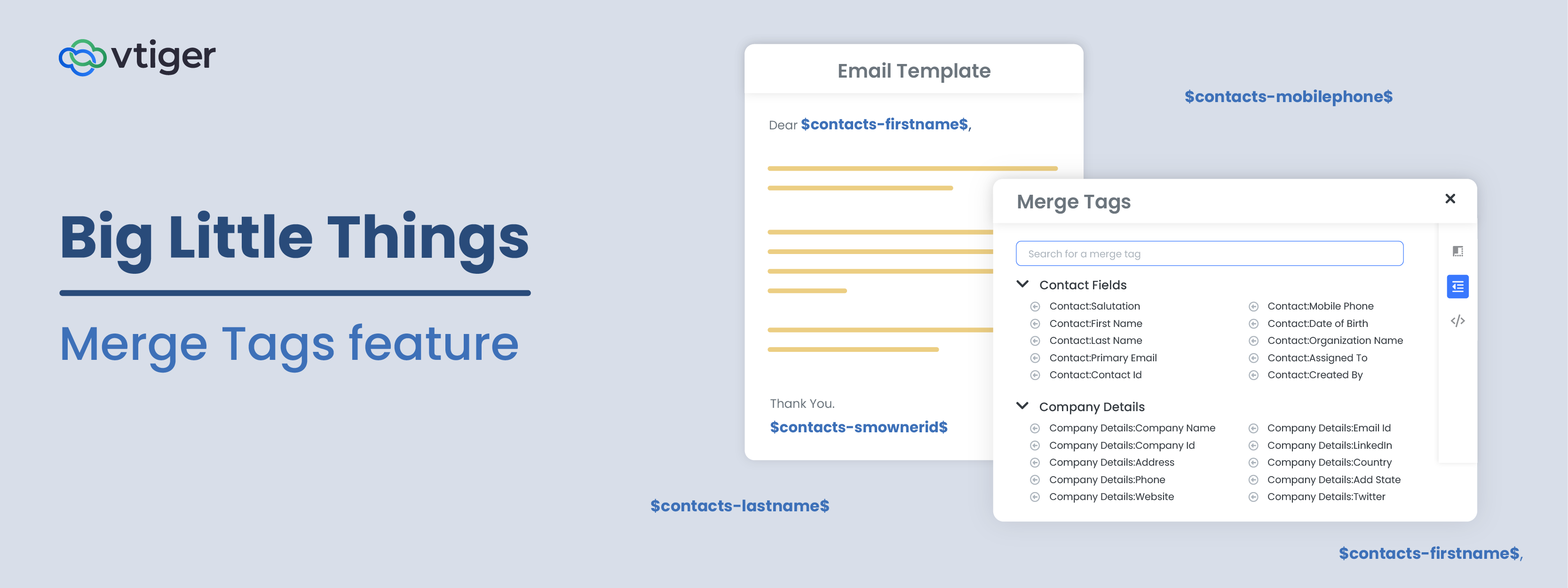Ever wondered how businesses actually use CRM software? Tired of trying to translate lists of obscure features into relevant, tangible benefits? Then follow along with our story, as we tell the tale of how SHD (Smart Home Designs), a home automation solutions business, uses a CRM to find, nurture, and win their next deal.
Part one of this series describes how SHD’s marketing rep finds, qualifies, and hands a lead off to his sales team using social media integration, webforms, email campaigns, and record ownership transfer.
Use Twitter to find leads
“Twitter has shown some amazing promise lately”, thought Mark as he scrolled through a list of qualified leads he generated over the past week. Mark was a marketing rep for SHD, and of those last 20 leads, five were found through Twitter. His CRM’s Twitter integration was instrumental to that success. The search streams tool, in particular, was helpful. With search streams, Mark is able to filter the noise out of Twitter’s constant flow of Tweets, creating curated tweet lists containing interest-relevant keywords like “smart home”, “home automation” and “video intercom”. When he spots a promising Tweet, Mark can transform it into a CRM lead in just a click.
Opening his CRM’s search streams page again, Mark came across a new tweet from a Jay Carson. “Can a #smarthome affordably keep my house secure?”. Jay’s question indicated potential interest, just what Mark was looking for. Mark thus transformed Jay and his Tweet into a lead in Vtiger.
Nurture leads to create interest
Because Jay’s tweet indicated interest in exploring home automation solutions rather than an immediate desire to purchase, Mark knew that opening with a sales pitch wouldn’t work. Instead, his first goal would be to get Jay to see and want the benefits of home automation – to educate Jay on relevant benefits. Poring over some of his company’s published content, Mark found a few relevant blog posts. One answering Jay’s tweeted question, and another few touting benefits – How Much Money Can You Save with a Smart Lighting System, 5 Ways to Improve Your Home’s Value with a Smart Home and Secure Your Home the Smart Way to Live a Stress Free Life.
Mark then shared them with Jay in a tweeted reply.
Jay was impressed with Mark’s reply. It was prompt, and the blog posts were both on point and convincing. Because Jay was already on the fence about an automated home, these posts were enough to transform his interest into desire. Eager to find a solution soon, but careful to evaluate his options, Jay identified and reached out to the 5 top vendors that captured his attention. Because of Mark’s quick and engaging action, he and SHD were at the top of Jay’s list.
Qualify leads, then hand them off to your sales team when they’re ready
While Jay was busy reaching out to vendors, Mark was determined to keep Jay engaged. Mark saw Jay’s recent answers to a questionnaire he had submitted on SHD’s website, stating that he wanted security for a 2 bedroom house. Remembering a similar customer his company had worked with, about whose experience a case study had been written, Mark composed an email to Jay and attached the case. He also added Jay to SHD’s lead nurturing drip email campaign to educate him further. Because drip campaigns record engagement like opens, clicks on links and bounces, Mark and his sales team would be able to observe Jay’s level of engagement with the company’s content.
Three days later, Jay’s email engagement history showed that he had opened 2 of 3 emails, and had clicked on 3 links to learn more about the company’s top home security system – the PX9000. Those clicks were the signal Mark needed to move Jay into SHD’s sales process. So, Mark transferred Jay to the company’s top sales rep, Eric Mason.
Continue reading part two of this series, as we describe how SHD’s sales team uses Vtiger to win a deal with Jay.




